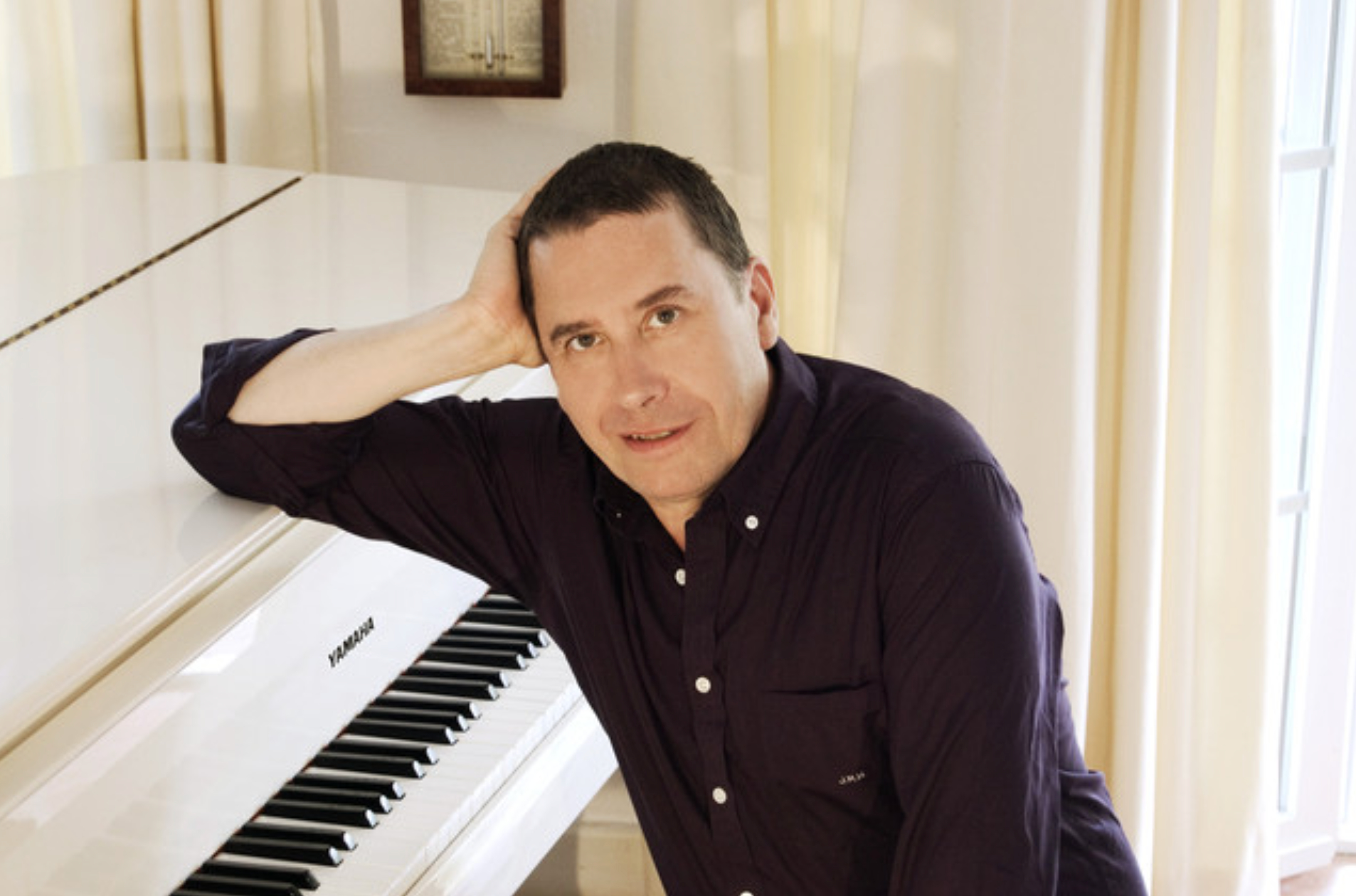
Jools Holland
Friday, Nov 21, 2025
20:00
, London
Stepping into the London Royal Albert Hall is akin to entering a cathedral of sound, an experience that transcends mere attendance at a concert. This iconic circular venue, nestled in the heart of South Kensington, is more than just a building; it's a national treasure, a testament to Victorian ambition, and a stage that has witnessed centuries of musical evolution. From its distinctive terracotta façade to the soaring acoustic shell within, the Royal Albert Hall offers an unparalleled setting for live music, encompassing everything from classical orchestras and grand opera to contemporary pop, rock, and even sporting events. Its enduring presence on the London landscape is a promise of enduring magic and unforgettable performances.
The genesis of the Royal Albert Hall lies in the vision of Prince Albert, consort to Queen Victoria, who dreamt of a grand "Palace of the Arts" to promote industry, science, and the arts. Following his untimely death in 1861, the Hall was conceived as a memorial to his enduring legacy. Construction began in 1867, and the Hall was officially opened in 1871 by Queen Victoria. The architectural design, credited to Henry Young Darracott Scott and Major-General Scott, draws inspiration from Roman amphitheaters and the earlier structure of the Alhambra in Spain, boasting a distinctive circular form and an impressive capacity. The innovative use of wrought iron for the dome's structure, clad in glass, was a marvel of Victorian engineering. Its unique shape was not merely aesthetic; it was designed with acoustics in mind, though early sound issues led to the infamous "Whispering Gallery" and the later addition of acoustic diffusers. The Hall's distinctive red brick and terracotta exterior, adorned with intricate friezes depicting scenes of human endeavour, stands as a proud monument to Victorian ambition and artistic patronage.
The Royal Albert Hall's impact on the cultural landscape has been profound and multifaceted. Beyond its initial conception as a space for the Great Exhibition and musical performances, it quickly became a focal point for national celebrations and international events. Its role as the traditional home of the BBC Proms, established in 1895, cemented its status as the premier venue for classical music in the UK, drawing in generations of music lovers. Over the decades, it has hosted a bewildering array of events, from political rallies and sporting championships to royal performances and charity galas. The Hall's adaptability and enduring appeal have allowed it to consistently reinvent itself, embracing new genres and technologies while holding onto its historic gravitas. Its significance extends beyond individual performances; it represents a continuous thread in Britain's cultural tapestry, a place where history is made and celebrated with every performance.
The unique selling proposition of the Royal Albert Hall lies in its unmatched historical gravitas combined with its incredible acoustic versatility, allowing it to host an extraordinarily diverse range of world-class artists and events. This iconic circular venue, with its unique architecture and rich history, has been the backdrop for countless legendary nights.
This venue's unique position in the London ecosystem is clear when contrasted with other prominent venues. While The O2 Arena caters to mass-market global tours with its immense scale and modern facilities, and the smaller, more intimate jazz clubs of Soho offer a deeply rooted, genre-specific experience, the Royal Albert Hall occupies a singular space. It bridges the gap between the monumental and the intimate, the classical and the contemporary, offering a grandeur and historical weight that neither a mega-arena nor a niche club can replicate. Its enduring appeal lies in its ability to host everything from the most refined orchestral concert to a groundbreaking rock performance, all within its acoustically renowned and architecturally stunning confines.
The closest Tube station is South Kensington (District, Circle, and Piccadilly lines), which is approximately a 5-10 minute walk from the venue. Other nearby stations include Sloane Square and Knightsbridge, both within a 15-20 minute walk.
Numerous bus routes serve the Royal Albert Hall, with stops conveniently located on Kensington Gore and Exhibition Road. Key routes include:
Driving to the Royal Albert Hall is possible, but parking can be challenging due to its central location.
The Royal Albert Hall is committed to ensuring that all visitors have an enjoyable and accessible experience.
Please contact the venue directly to discuss specific accessibility requirements and to book accessible seating.
The Royal Albert Hall has a maximum capacity of approximately 5,272 people, though this can vary slightly depending on the staging and seating arrangements for different events.
The most convenient Tube station is South Kensington (District, Circle, and Piccadilly lines), which is a 5-10 minute walk away. Numerous bus routes also stop directly outside the venue or a short walk away on Exhibition Road.
Yes, the Royal Albert Hall is highly accessible. It offers wheelchair access to most areas, including lifts to all levels, and designated wheelchair spaces in the auditorium. Advance booking for accessible seating is recommended.
Doors typically open 60-90 minutes before the performance start time. It is advisable to check your ticket or the venue's official website for the specific timings for your event.
Limited on-street parking is available in the surrounding areas, but it is often restricted and metered. The nearest recommended car park is Q-Park Victoria, located at 19 Grosvenor Place, SW1X 7PJ, about a 20-minute walk away.

Friday, Nov 21, 2025
20:00

Saturday, Nov 22, 2025
19:00:00
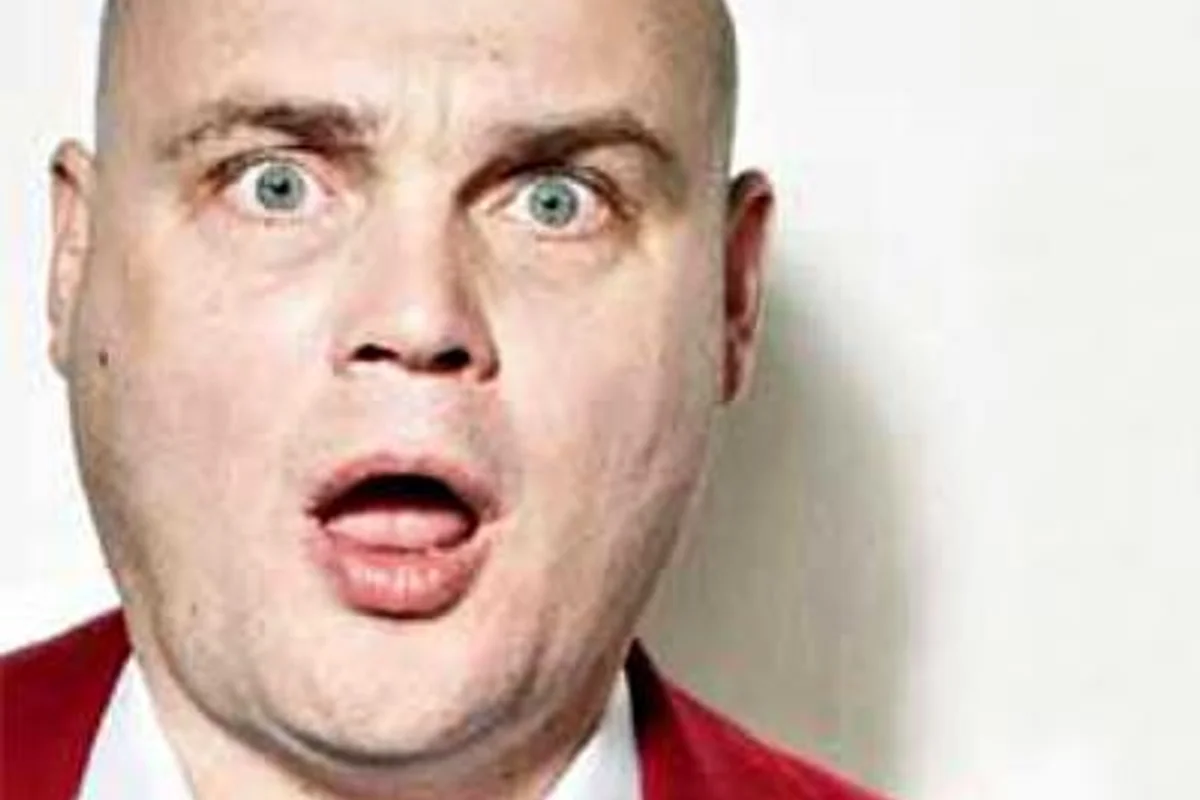
Tuesday, Nov 25, 2025
19:00:00
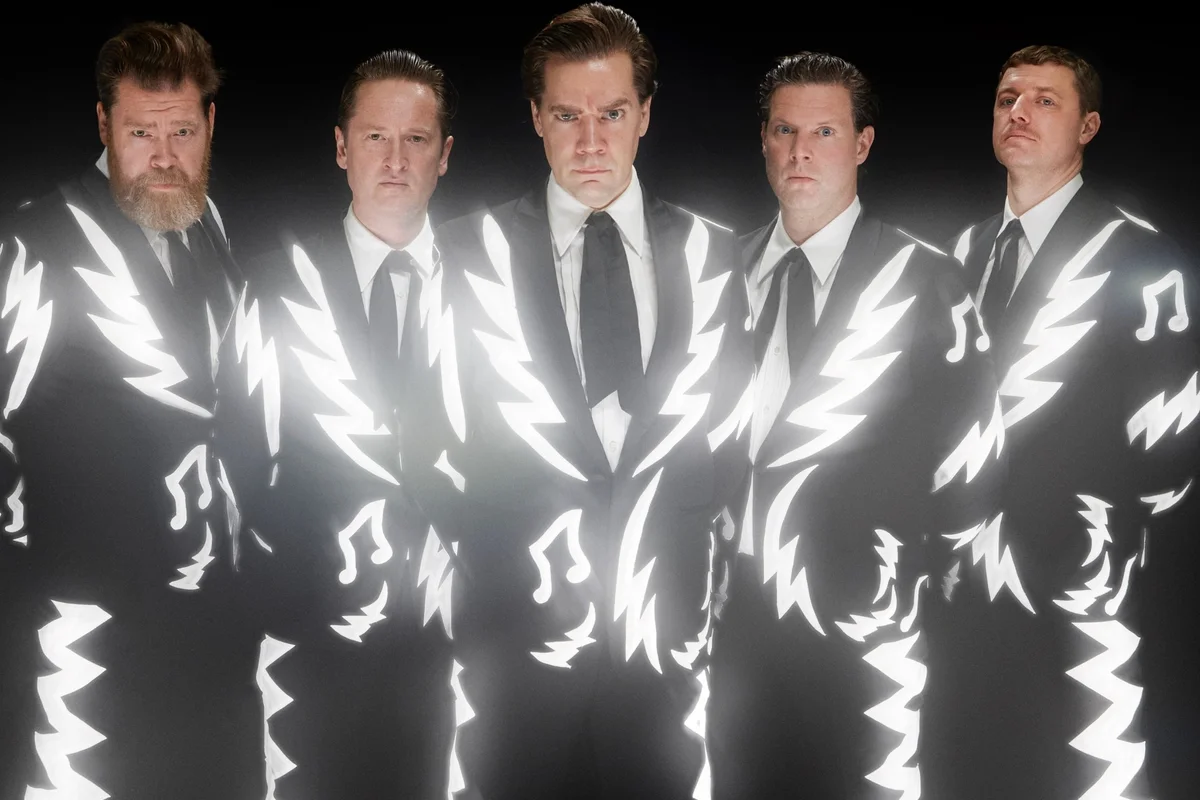
Wednesday, Nov 26, 2025
19:00:00

Thursday, Nov 27, 2025
19:00:00

Saturday, Nov 29, 2025
19:00:00
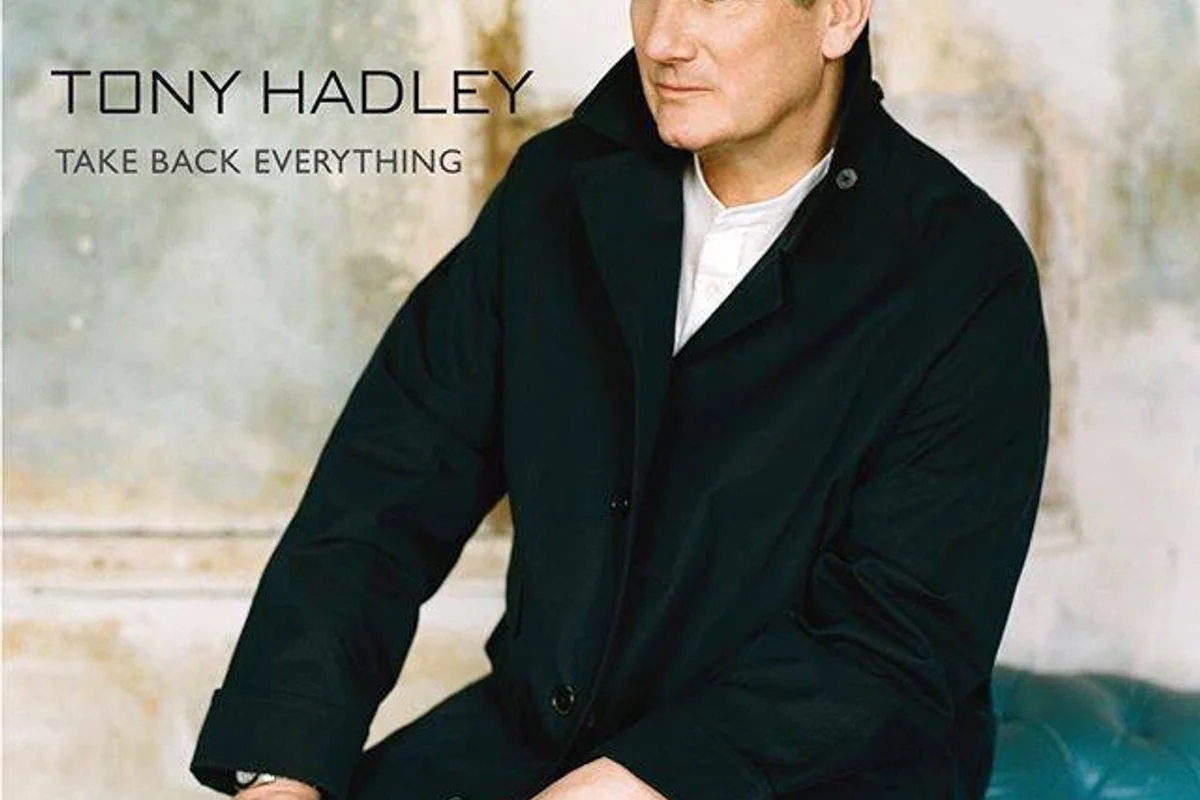
Tuesday, Dec 2, 2025
19:00:00

Thursday, Dec 4, 2025
19:00:00

Thursday, Dec 4, 2025
20:00

Monday, Dec 8, 2025
20:00

Tuesday, Dec 9, 2025
19:00:00

Thursday, Dec 11, 2025
19:00:00
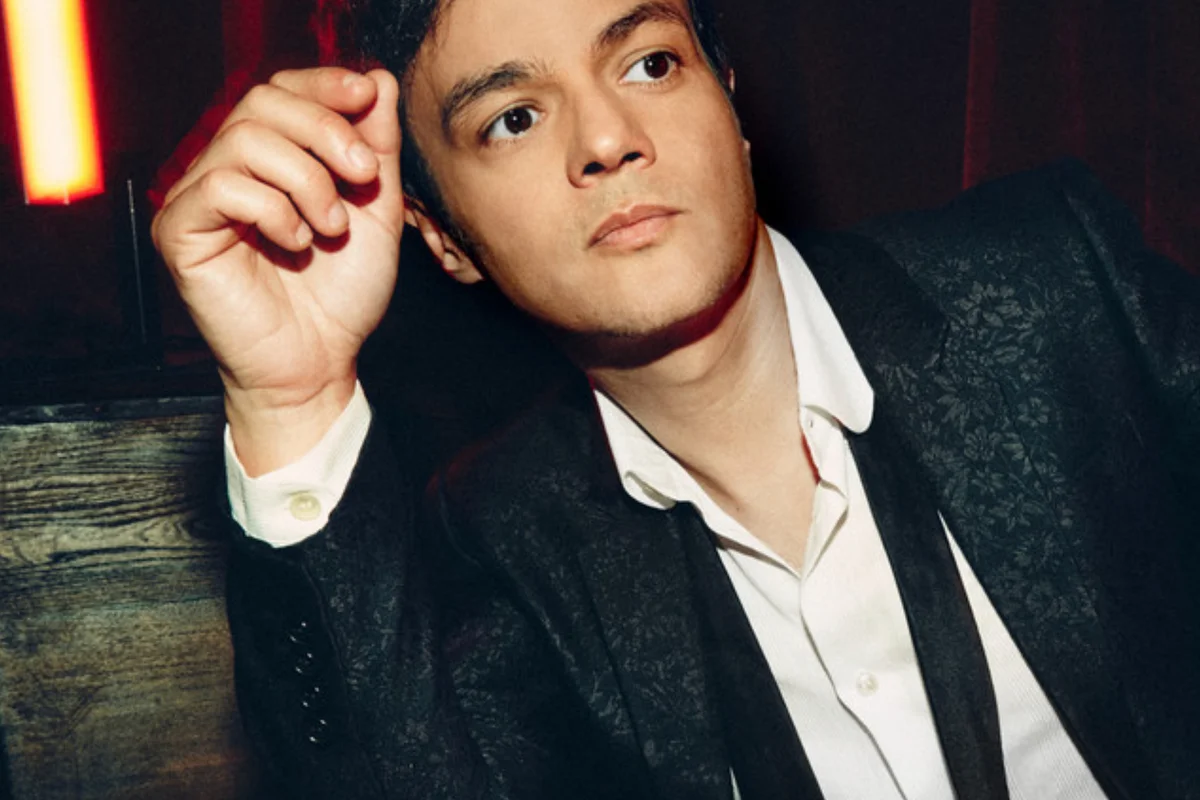
Friday, Dec 12, 2025
19:00:00
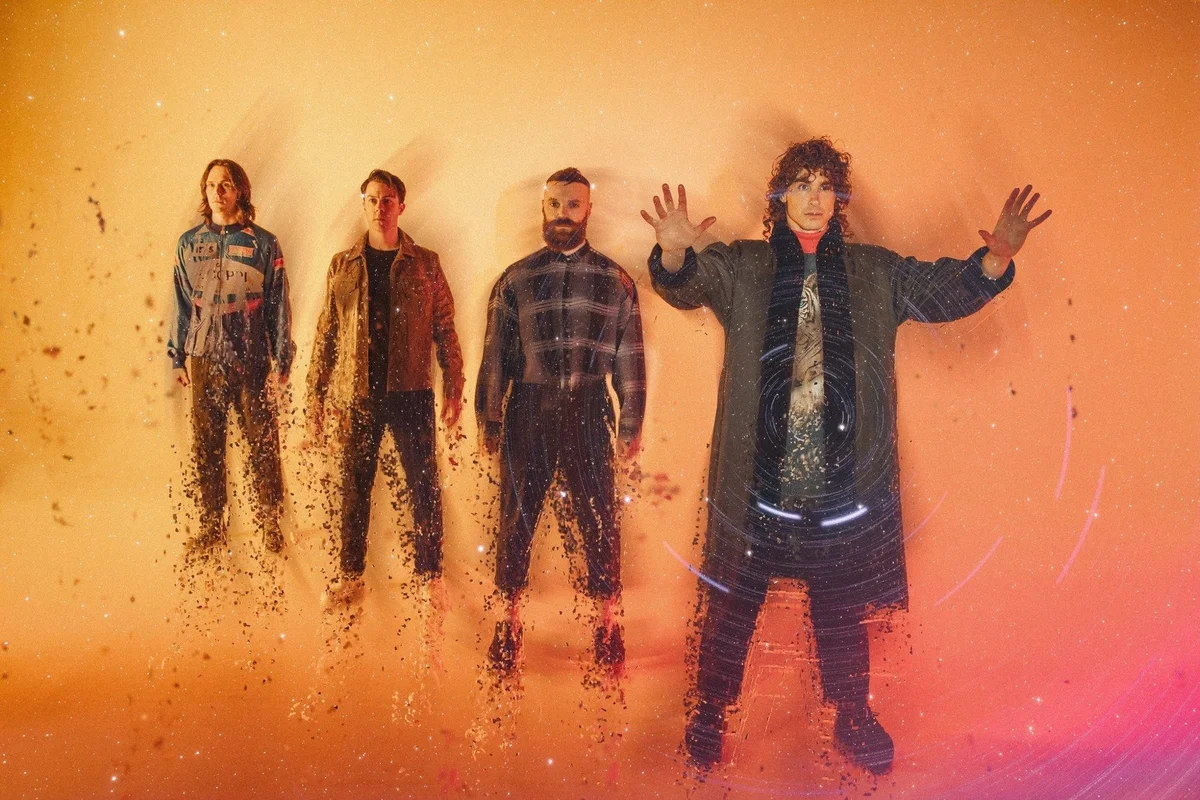
Tuesday, Dec 16, 2025
19:00:00
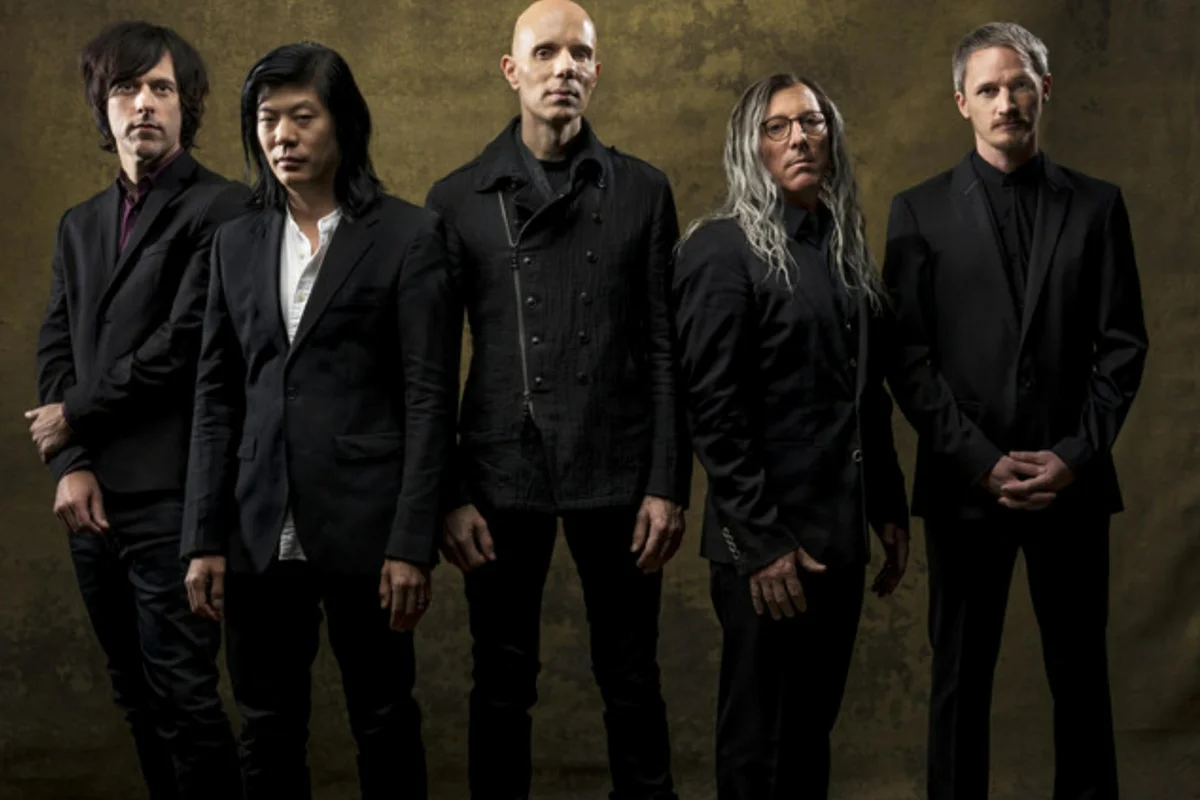
Wednesday, Dec 17, 2025
19:00:00
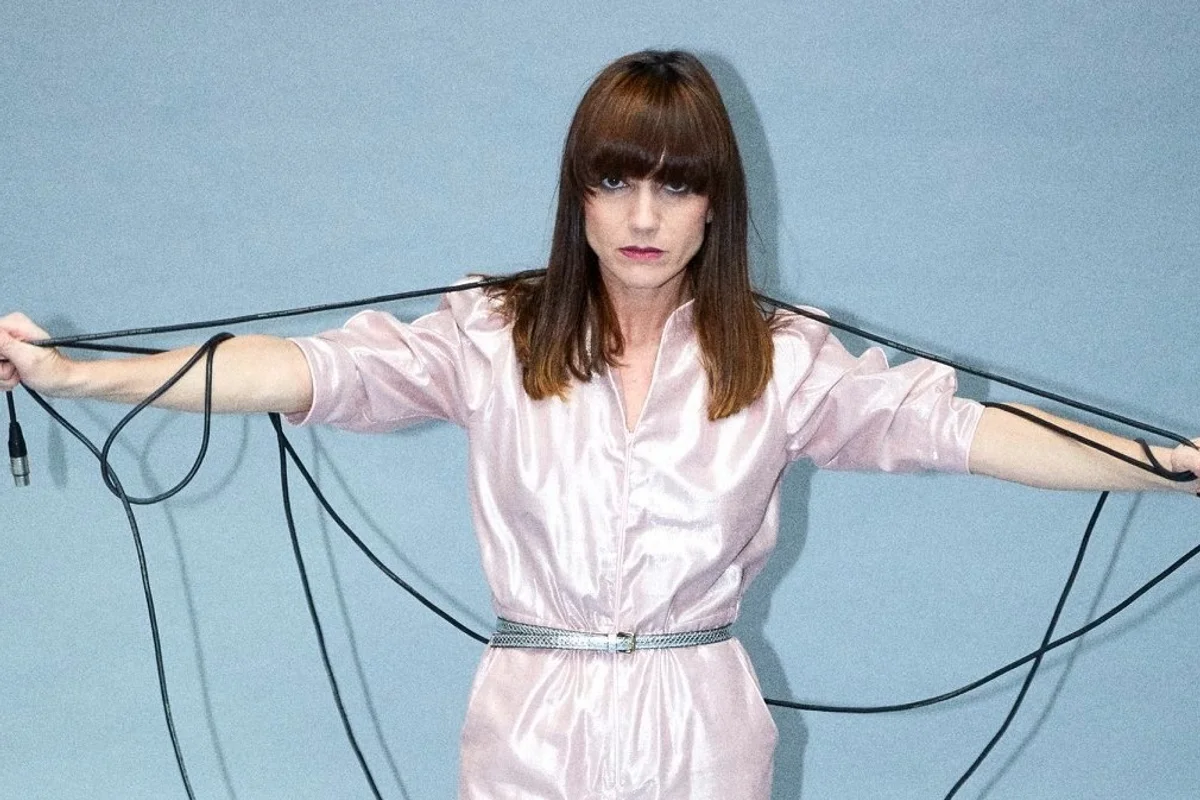
Thursday, Dec 18, 2025
19:00:00
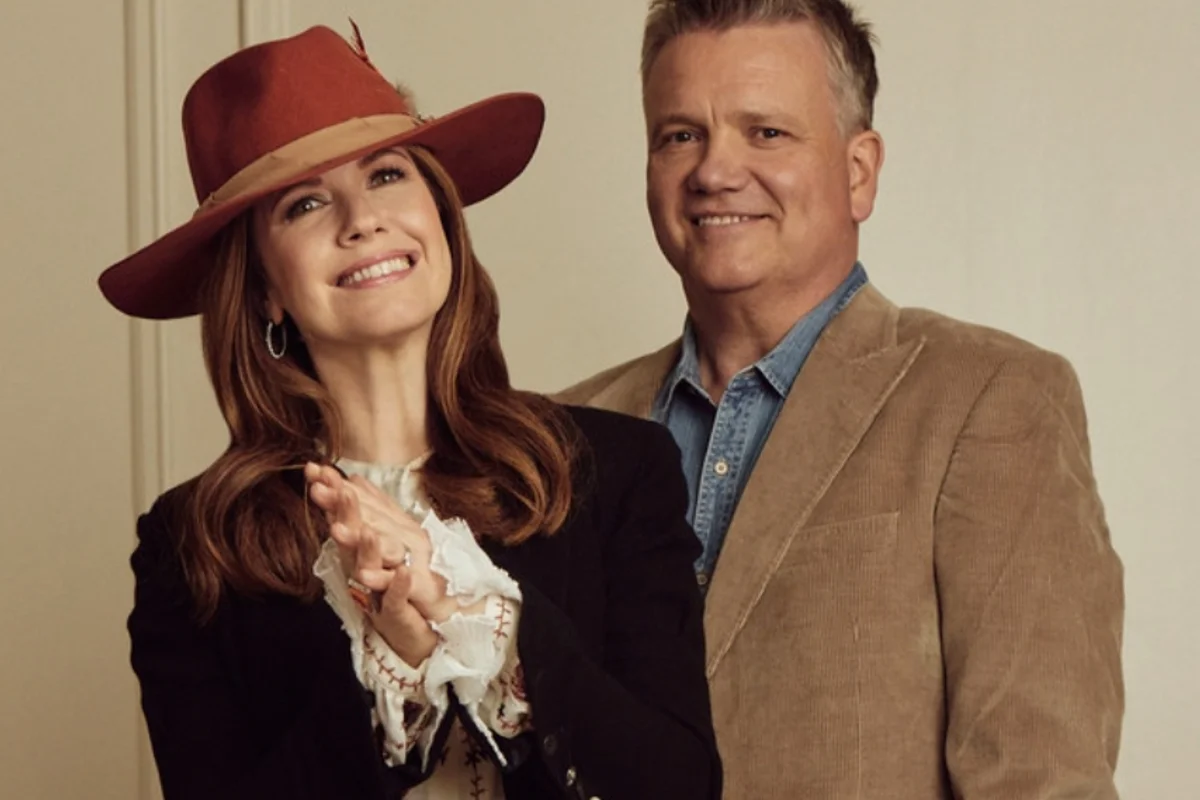
Friday, Dec 19, 2025
19:00:00
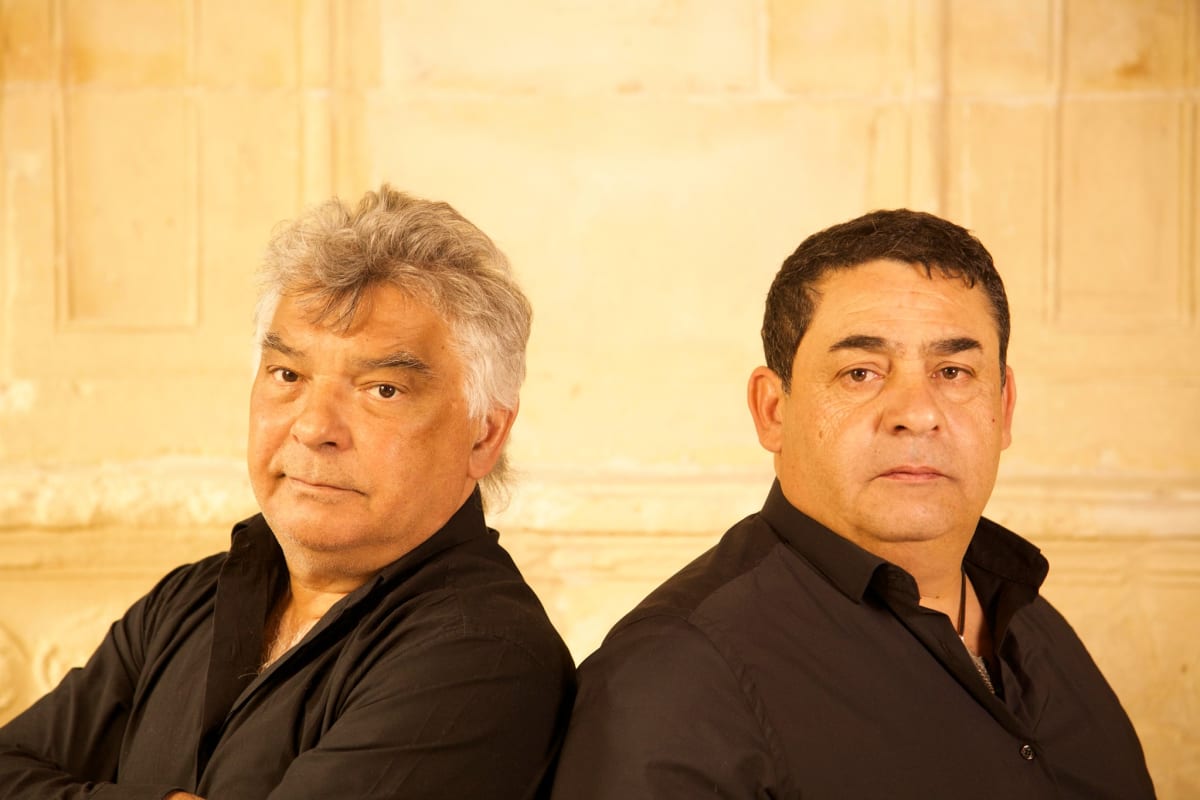
Monday, Mar 9, 2026
19:00:00

Wednesday, Mar 11, 2026
19:00:00
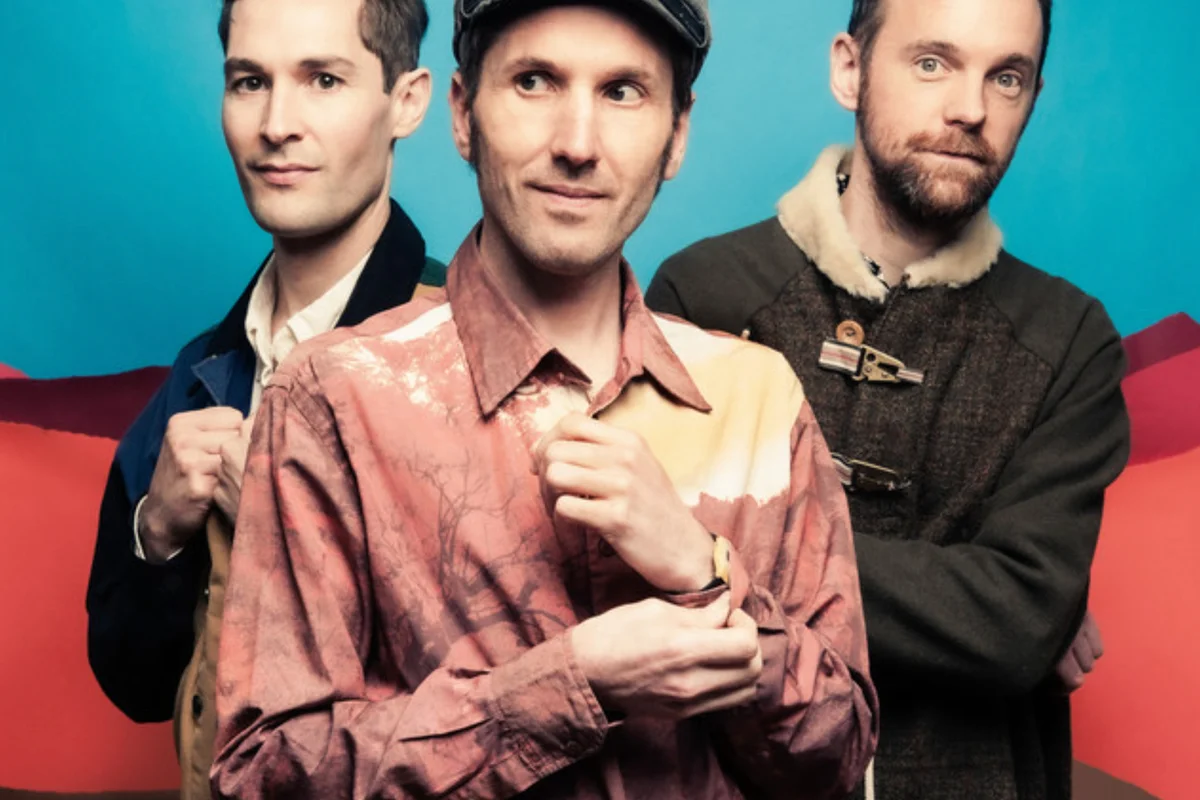
Monday, Mar 30, 2026
19:00:00